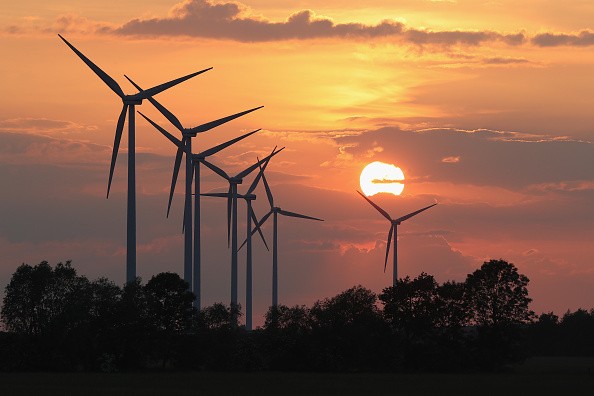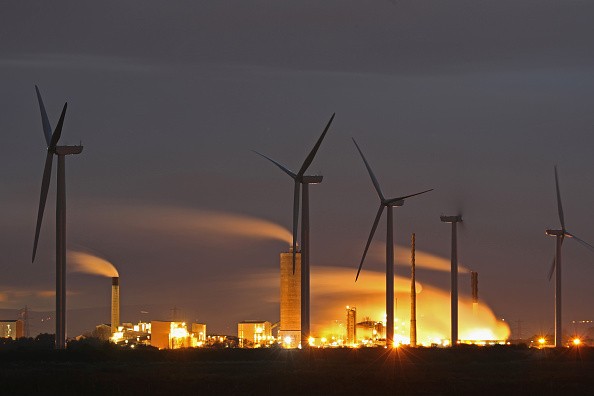Modern wind turbines can more than compensate for the worldwide wind resource loss.

Wind energy makes a substantial contribution to the energy sector's low-CO2 revolution. Wind turbine efficiency, on the other hand, is determined by available wind resources as well as the mechanical qualities of the turbines.
Wind Energy

Wind power, often known as wind energy, uses wind turbines to create electricity. Wind energy is a popular, sustainable, renewable energy source with a far lower environmental effect than burning fossil fuels. Wind power has historically been employed in sails, windmills, and windpumps, but it is now primarily used to create electricity. Wind farms are composed of numerous separate wind turbines linked to an electric power transmission network.
Because wind power is a variable renewable energy source, power-management techniques such as wind hybrid power systems, hydroelectric power or other dispatchable power sources, excess capacity, geographically distributed turbines, exporting and importing power to neighboring areas, or grid storage are used to match supply and demand. The grid may need to be improved when a region's wind power proportion grows. Weather forecasting helps the electric-power network to be prepared for predicted changes in production.
How Wind Turbines Work

Wind turbines convert wind energy into electricity by utilizing the aerodynamic force of the rotor blades, which function similarly to an airplane wing or helicopter rotor blade. The air pressure on one side drops when the wind blows across the blade. The differential creates lift and drag in air pressure between the blade's two sides. The lift force is greater than the drag force, causing the rotor to spin. The rotor is connected to the generator either directly (if it is a direct drive turbine) or via a shaft and a series of gears (a gearbox), which speeds up the rotation and allows for a physically smaller generator. This conversion of aerodynamic force to generator rotation generates electricity.
Global Wind Resources
Climate change may reduce worldwide wind resources in the twenty-first century. Simultaneously, wind turbine technical properties are continually improving. Researchers Dr. Christopher Jung and Prof. Dr. Dirk Schindler could assess these two opposing influencing elements and evaluate their influence on the worldwide and regional efficiency of wind turbines by 2060 using global climate models and newly created techno-projections.
One study is that if wind energy consumption is maximized, the worldwide wind turbine fleet's efficiency might grow by up to 23.5 percent by 2035, assuming positive climatic trends. The findings of the two experts from the University of Freiburg's Institute of Earth and Environmental Sciences were published in the journal Nature Energy.
More than Enough
The two academics' findings provide an essential foundation for wind energy's future worldwide development potential. Their analysis identifies accessible places where wind resources may be utilized most efficiently under future climate circumstances. The method allows for the assessment of the optimal sites for individual wind turbines and wind farms all over the world, with exceptionally high spatial resolution.
"What surprised me was the limited impact of climate change on wind resource compared to expected technical progress of wind turbines," Jung adds. Thus, reducing wind resources caused by climate change may be more than countered by upgrading the wind turbine fleet. Variations in resource availability across specific years are also more substantial than the overall influence of climate change on the useable wind.
Related Article : Experts are Saying that Renewable Sources are Not Enough to Solve Europe's Energy Crisis
For more environmental news, don't forget to follow Nature World News!
© 2026 NatureWorldNews.com All rights reserved. Do not reproduce without permission.





